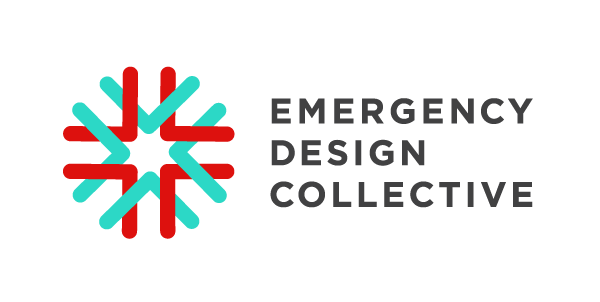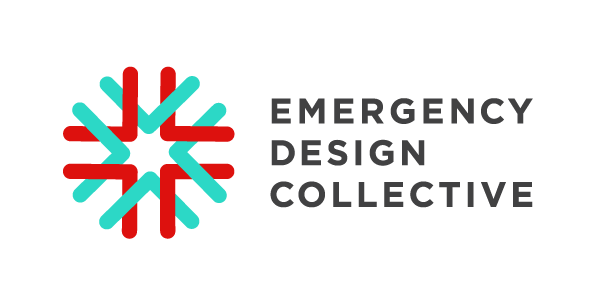Notes from the Field: The Challenge of Social Distancing for Teenagers
PROJECT LEAD: Pamela Taylor
PROJECT CONTRIBUTORS: Teresa Pho, Shuge Luo, Misa Misano, Labiba Amyeen, Alia Bayatti, Komal Trivedi
AUTHOR: Ayisha Mahama
INTRODUCTION
Many of the resources that currently exist for countering the challenges of social distancing are directed to parents of teenagers, but not teens themselves. This Emergency Design Collective team is working to change that by creating solutions aimed at teens.
Project Description:
“How might we make social distancing for high school-aged teens easier?” That is the challenge Pamela Taylor and her team are working to fix. They understand the special challenges that come with being a teenager and how they are exacerbated at an unprecedented time like this. They want to find ways to help teens, aged 14-18, healthily cope with the stressors in their lives right now.
About the Team:
The team consists of people of all ages, but primarily young adults. Due to the team skewing younger, there is an added relatability aspect to the project, and that aids in producing a solution that truly speaks to the audience. Many of them have younger siblings or have experience working with teenagers, so they have a deep understanding of how difficult it has been for this demographic during this time.
Significance of the Project:
Remember when you were in high school and you had to juggle your academics with planning for college, participating in extracurriculars, working jobs, completing AP classes, seeing your family, and engaging in social life? Imagine all of that in the midst of a pandemic and not knowing when it will end. Many teenagers around the country are struggling with this right now, and to deal with these overwhelming circumstances, some teens take to escapism. Some teens spend hours on YouTube and TikTok even though they know they have an assignment due the next day. They may experience a lack of motivation to get things done and it can easily become a downward spiral leading to a loss of productivity and accountability.
When deciding on what age group to target within the umbrella of “young adults,” the team landed on high schoolers. Structure is a necessity in high school, and due to social distancing, it has been significantly reduced. We are in a highly unstructured situation with a great deal of uncertainty, which can lead to increased feelings of unease. The team sees a gap in resources available for high schoolers to combat these negative experiences during this unprecedented time and aims to fill it.
Next Steps:
While the team has just begun their research stage, they do have some design principles they are basing their project around.
Prioritize ease of use. A lot of things feel challenging right now, and the team does not want to add to that burden. The team aims to create something that is easy for all teens to engage with.
Create with teens. Teenagers want to feel included and want their voices to be heard. Taking this into consideration, the team wants the project to be collaborative; for teens, by teens.
Build for teens with varying access to technology. The project team understands that, currently, many people do not have easy access to technology like consistent wi-fi, computers, and tablets. They want this project to help as many people as possible, so they are working to make sure it will not be limited to a high-tech audience of teens.
So far, some of the team members have shared their own personal anecdotes about their younger siblings and how they are dealing with this massive change in their lives. They plan on interviewing teenagers about what their day-to-day looks like at the moment, what is going well for them during social distancing, and any difficulties they are having with social distancing. They also plan to interview parents, teachers, coaches, and other members of teens’ normal support networks.
Call to Action:
Do you have design expertise? Strong connections with teenagers? Do you work at an organization that supports teens? Or have any ideas regarding this issue? The team would love for you to connect with them to help teenagers cope with social distancing.



